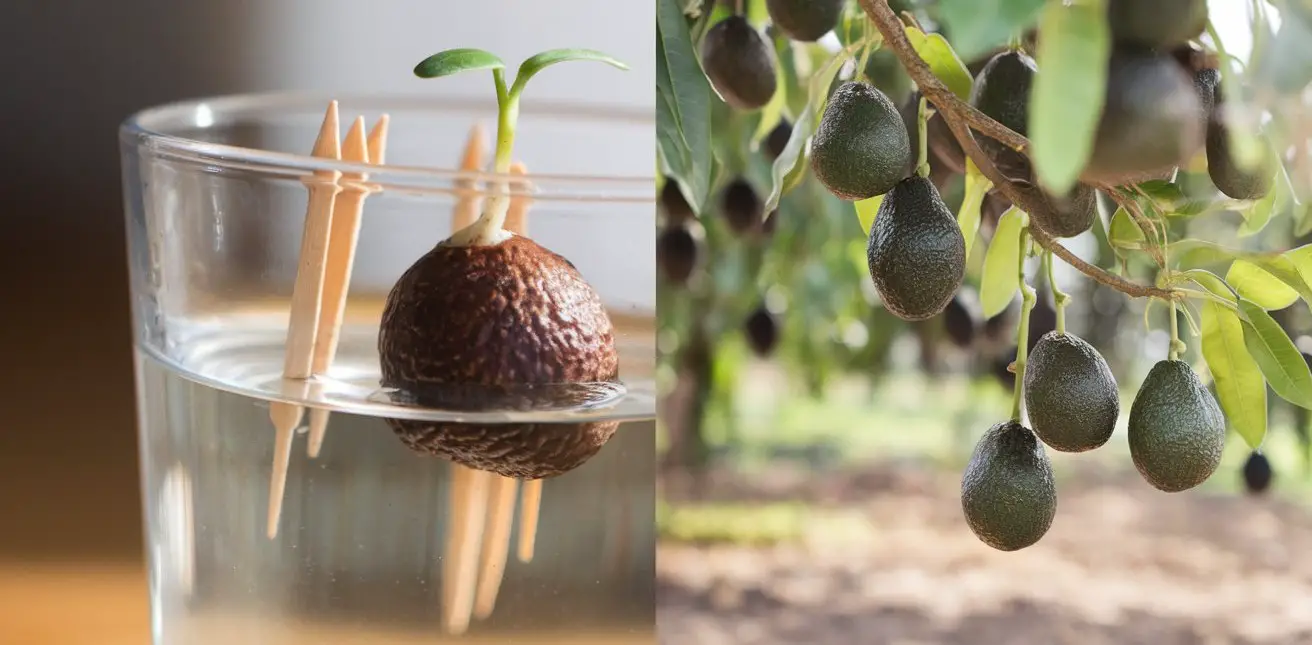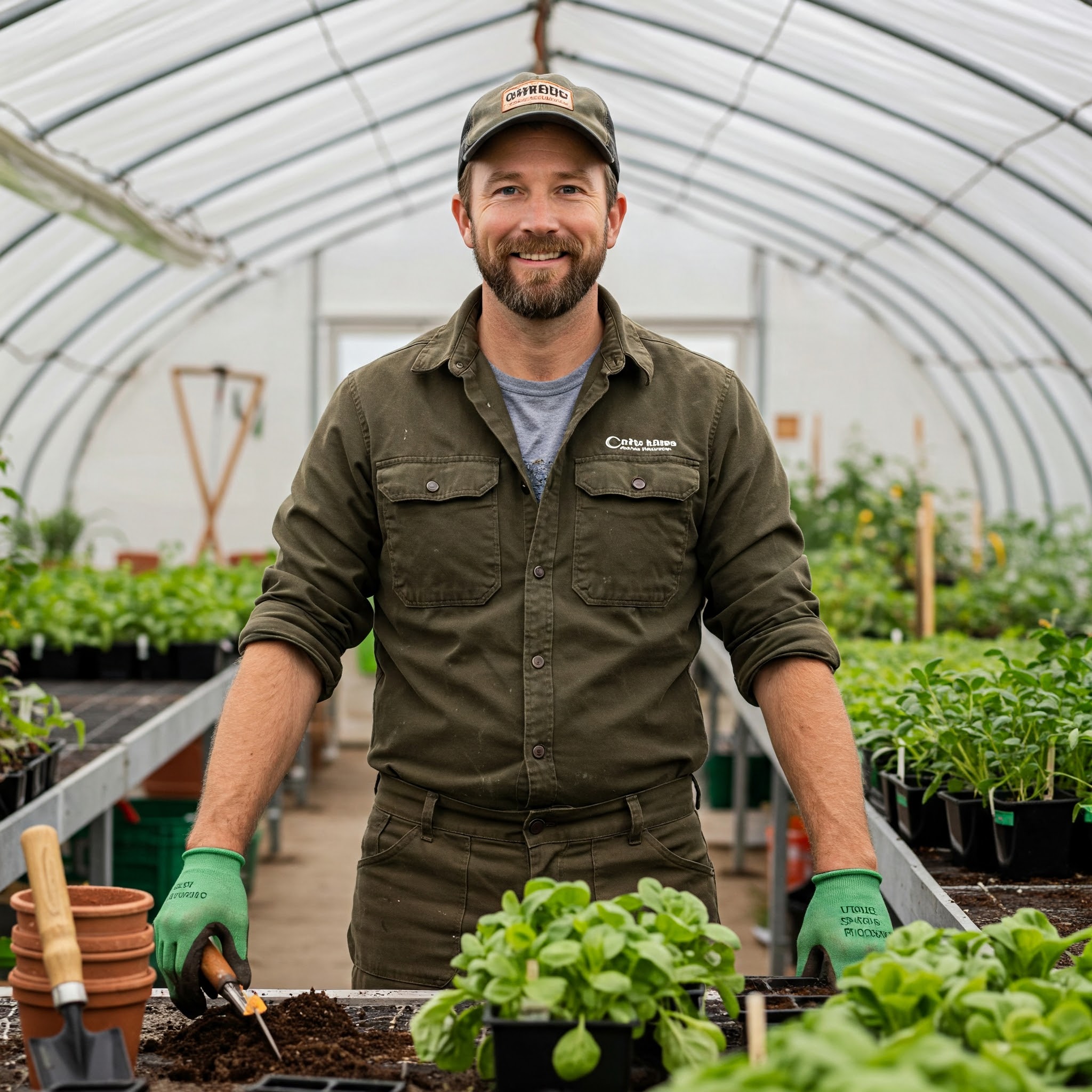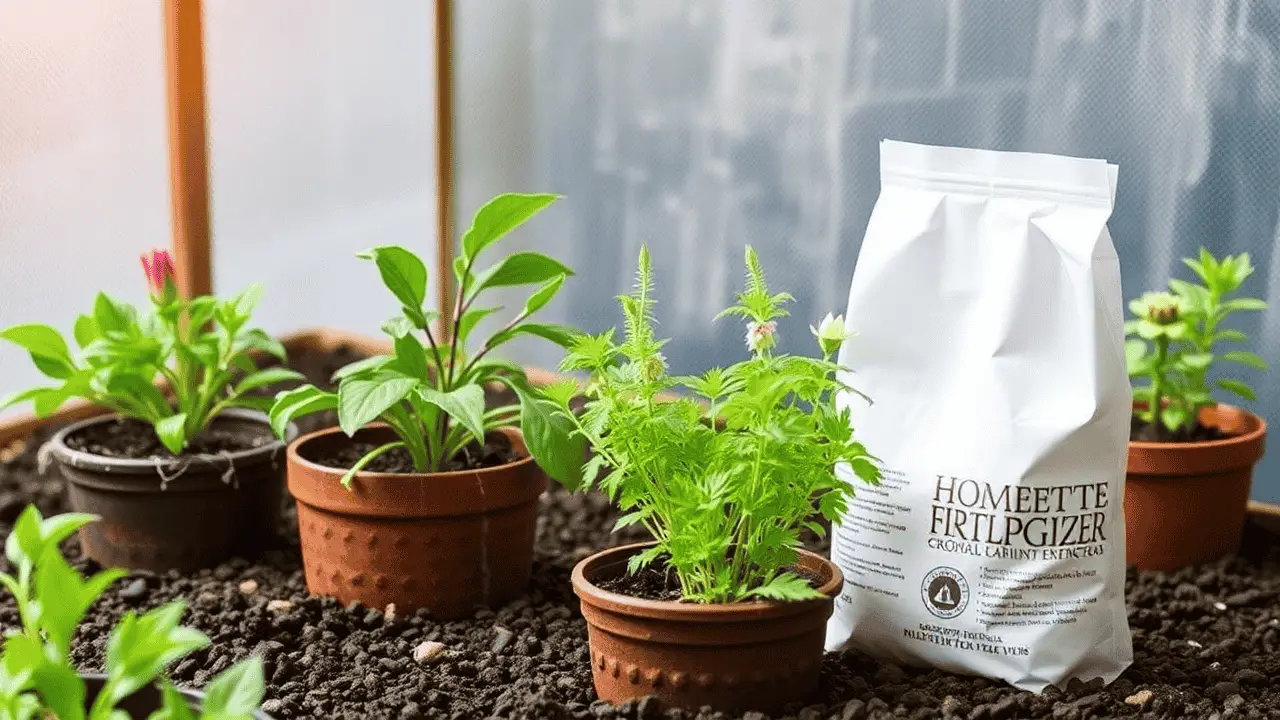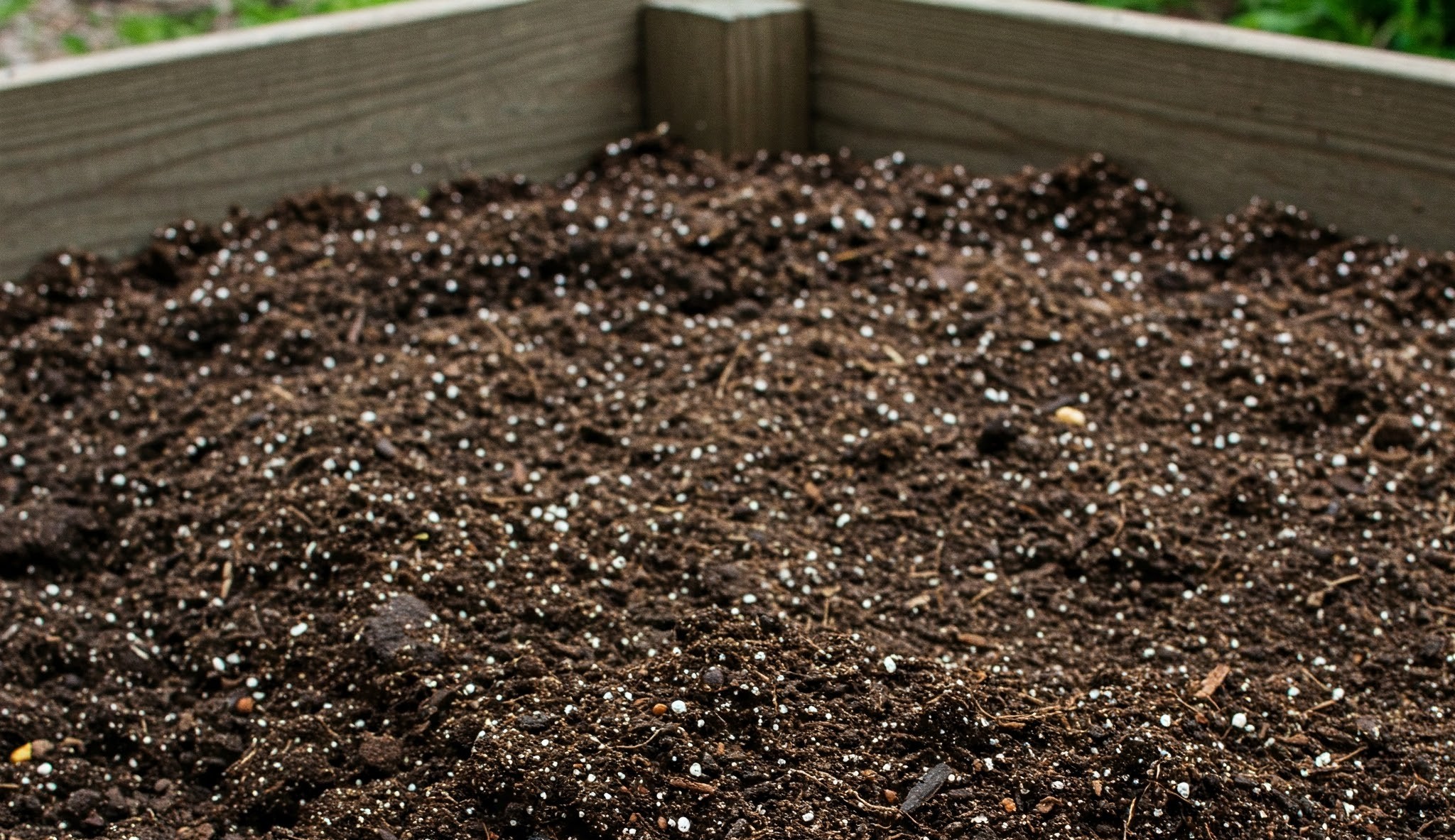How to Grow an Avocado Tree That Bears Fruit

Imagine the simple pleasure of walking out to your garden and picking a perfectly ripe, creamy avocado – one you’ve grown yourself! This guide will show you how to grow an avocado tree that bears fruit.
However, it’s important to know that getting an avocado tree to bear those delicious fruits isn’t always as simple as planting a seed. It takes understanding specific needs and being patient as your tree matures. This guide will walk you through the key things you need to know to give your avocado tree the best chance of producing a rewarding harvest. We’ll cover everything from choosing the right kind of avocado to the secrets of getting those flowers to turn into fruit, all focused on how to grow an avocado tree that bears fruit.
Making informed choices from the start is crucial. The type of avocado you choose and how well you understand its needs for our climate here in Bangladesh will make a big difference in your success in growing an avocado tree that bears fruit.
So, get ready to learn the steps involved in how to grow an avocado tree that bears fruit! We’ll explore:
- Choosing the right avocado variety for our region is the first step in how to grow an avocado tree that bears fruit.
- Creating the perfect growing conditions for a happy and productive tree is vital for how to grow an avocado tree that bears fruit.
- Planting and caring for your avocado with expert tips on how to grow an avocado tree that bears fruit.
- Understanding and encouraging pollination – the key to fruit development when considering how to grow an avocado tree that bears fruit.
- Troubleshooting common problems that might prevent fruiting when learning how to grow an avocado tree that bears fruit.
Let’s dive in and start your journey towards homegrown avocados and learn exactly how to grow an avocado tree that bears fruit!
Choosing the Right Avocado Variety for Fruit Production
To truly understand how to grow an avocado tree that bears fruit, the very first step is selecting the right variety for your specific conditions. Not all avocado trees are created equal when it comes to fruit production, and some thrive better in certain climates than others.
Understanding Variety Importance
Think of it like choosing the right tool for a job. Some avocado varieties are naturally more inclined to produce fruit, while others might struggle in your specific climate or require very particular care to do so. Choosing wisely from the start will significantly increase your chances of enjoying homegrown avocados.
Detailed Profiles of Popular Varieties
Let’s explore some well-known avocado varieties and see how they might fare in warmer climates:
Hass Avocado:
- Why it’s popular: Hass avocados are cherished worldwide for their rich, creamy texture and delightful, nutty flavor. They are the most common variety available in stores.
- Specific climate needs: Hass thrives in warm, subtropical climates, generally within USDA zones 9-11. Its warm and humid climate can be suitable for Hass, especially if protected from extreme heat and humidity during certain times of the year.
- Reliability of fruit production: Hass is known for bearing fruit relatively reliably compared to some other varieties, given the right conditions.
- Flower Type: Type A.
Fuerte Avocado:
- Tolerance to cooler temperatures: Fuerte is known for being a bit more tolerant of cooler temperatures compared to Hass. This might offer a slight advantage in less tropical, potentially cooler microclimates during winter.
- Taste and texture profile: Fuerte has a smooth, buttery texture and a mild, slightly sweet flavor.
- Climate suitability: It can grow in both warm and slightly cooler regions (USDA zones 8-11). It could potentially adapt well to various warmer regions.
- Fruit production notes:Fuerte avocados yield good fruit under favorable conditions, but having a Type A avocado tree close by can enhance pollination and improve fruit production.
- Flower Type: Type B.
Bacon Avocado:
- Highlighting its cold hardiness: Bacon avocados are known for their cold-hardiness, making them a suitable choice for regions that experience even mild winter chills.
- Taste and texture: It has a lighter flavor and is less creamy than Hass or Fuerte.
- Climate suitability: Suitable for USDA zones 8-10. It could be a resilient choice for some warmer areas.
- Fruit production timeline: It might take a bit longer for Bacon to start producing fruit compared to Hass and Fuerte.
- Flower Type: Type B.
- Highlighting its cold hardiness: Bacon avocados are known for their cold-hardiness, making them a suitable choice for regions that experience even mild winter chills.
The Crucial Role of Pollination: The Secret to Avocado Fruit
Avocado trees have a fascinating flowering system. They have two types of flowers, cleverly named Type A and Type B. Each type has both male and female parts, but they don’t open in sync:
- Type A Flowers: These flowers function as female in the morning on the first day before closing, then reopen as male in the afternoon of the second day. Hass is an example of a Type A variety.
- Type B Flowers: These flowers function as female in the afternoon of the first day before closing, then reopen as male in the morning of the second day. Fuerte and Bacon are examples of Type B varieties.
Why does this matter for getting fruit? If you only have one avocado tree, the timing of its male and female flower openings might not perfectly align for self-pollination. However, having both a Type A and a Type B avocado tree growing nearby significantly improves the chances of successful cross-pollination. When the Type A tree is in its male phase, the Type B tree is likely in its female phase, and vice versa. This allows bees and other pollinators to transfer pollen between the two different flower types, leading to better fruit set.
For better pollination in your garden, consider planting:
- Hass (Type A) with Fuerte or Bacon (Type B).
- Fuerte or Bacon (Type B) with Hass (Type A).
While some avocado varieties can produce some fruit on their own (parthenocarpically), having a compatible pollinating partner nearby will generally lead to a much heavier and more reliable harvest.
Recommendation Based on Your Location and Goals
Considering warmer climates, Hass is often a popular choice for its fruit quality and relatively reliable production. However, to maximize your chances of a good harvest, especially if you have space, planting a Fuerte or Bacon alongside your Hass can be a very beneficial strategy for improved pollination.
It’s advisable to check with local nurseries to see which of these varieties (or others suited to your conditions) are readily available. They might also have specific insights into the performance of different varieties in your particular area.
By carefully choosing your avocado variety (or varieties) with pollination in mind, you’re taking the first and most crucial step towards successfully growing your fruit-bearing avocado tree.

I’m John Doe, a Certified Master Gardener with over 20 years of hands-on experience in cultivating healthy and vibrant gardens. My expertise spans organic gardening, soil science, and sustainable pest control. I’ve worked extensively with community gardens and have a deep passion for sharing my knowledge to help others succeed in their gardening endeavors.







